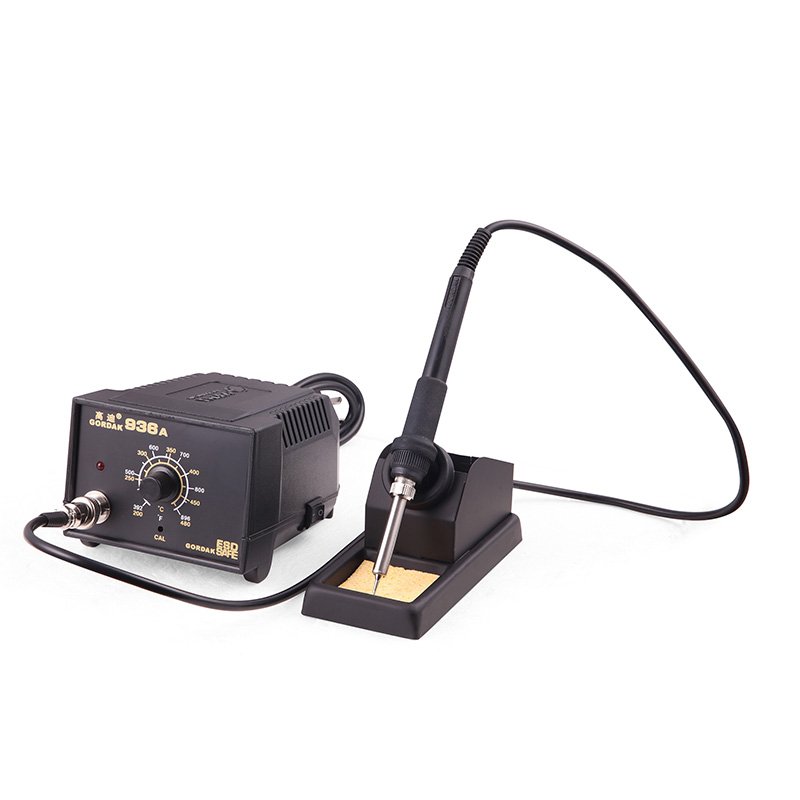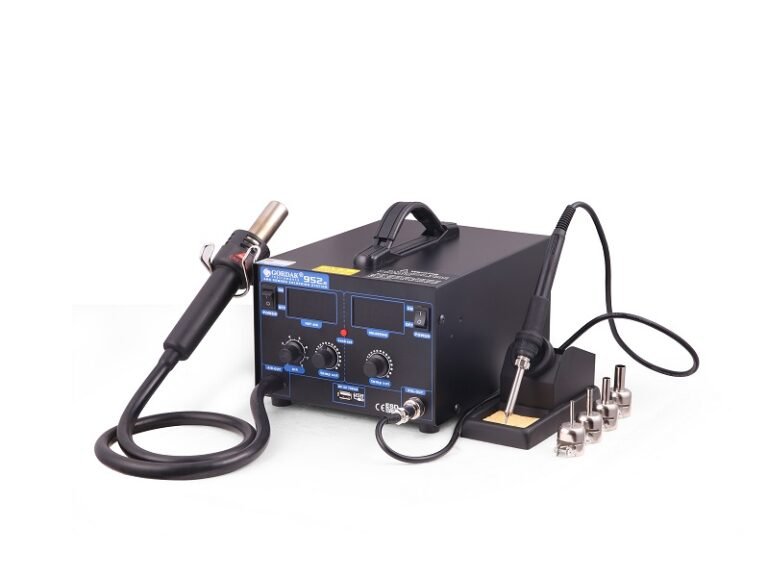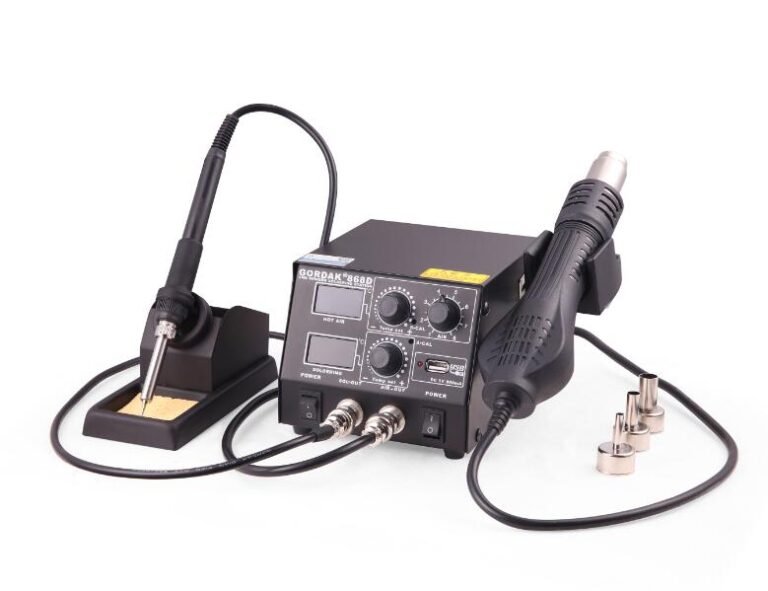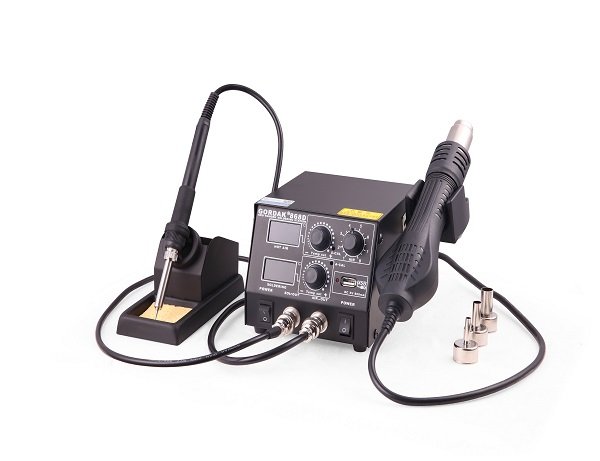Ever heard of precision soldering? Precision soldering offers a unique method of soldering that helps provide much more precise and delicate results compared to regular soldering approaches. However, it’s not always easy to understand the exact difference; as such, today, we’re looking at some of the key things you should know about precision soldering to help. Hopefully, this will allow you to choose the most appropriate approach for your needs.
What is Precision Soldering?
Before we go any further, we first need to consider what precision soldering actually is. Simply put, precision soldering is a specialised soldering technique that is widely used to join delicate electronic components with high accuracy and minimal heat impact. The process typically utilises a fine-tipped soldering iron with precise temperature control, which allows strong, precise, and accurate soldering. This technique is commonly used in industries where a highly accurate finish is needed, such as in electronics manufacturing, aerospace, medical device production, and jewelry making.
Precision soldering demands a high level of skill and incredibly careful attention to detail; compared to regular soldering, precision soldering demands an incredibly steady hand to achieve consistent results. This is pivotal for the success of precision soldering, which helps provide a more accurate finish with reduced risks of solder leaking over the edges. This is crucial for fine pieces, in particular for small or miniature electronic components and advanced technology products.

How Does Precision Soldering Differ From Regular Soldering?
Thus far, we’ve briefly considered what precision soldering is – but how does this differ from regular soldering approaches? Well, compared to standard techniques, precision soldering focuses on more accurate applications of solder, thereby differentiating it from regular soldering in several key ways.
As standard, regular soldering is typically used for general electrical work and larger components, and it is often a practical and useful tool for such applications. In contrast, precision soldering is widely used for delicate electronic components and intricate circuitry that requires a much more careful approach.
This difference is largely achieved by changing the type of soldering iron that is used. In precision soldering, for example, the iron is usually smaller and more precise, allowing for detailed work even on highly complex and intricate panels and systems. Precision soldering will often also use finer solder wire, which, in turn, helps ensure that solder joints are clean and free from excess spillage.
Temperature control is also prominent in precision soldering, as overheating delicate components can cause a great deal of damage. This is also important in regular soldering, but may not be to quite the same degree.
Overall, precision soldering demands a higher level of skill, attention to detail, and specialized equipment compared to regular soldering, making it essential for working with small, sensitive electronic components and achieving reliable, high-quality connections.
Final Thoughts
If you’ve been looking to learn about precision soldering, making sure you have considered some of the key things we’ve outlined in today’s guide could really help. However, if you still have any questions about what precision soldering is, how it works, and why it might differ, please don’t hesitate to contact our experts at info@gordakelec.com today. We’re here to help you find the ideal soldering approach for your needs!



